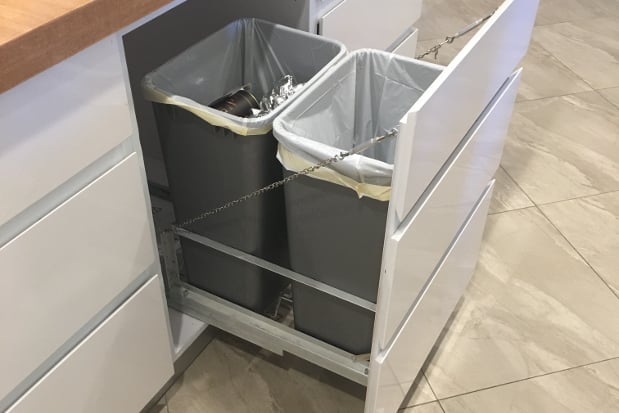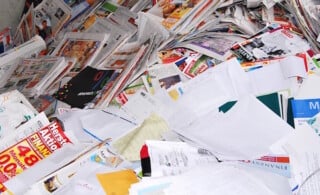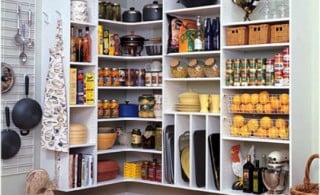
Part of living in a home is producing waste. It’s unavoidable and often a hassle, especially if your home design doesn’t create a streamlined process for getting it out of your home. Home waste management isn’t one thing or one habit, but a set of home installations and diligence that aims to keep your home beautiful and protect the environment without spending hours and hours each week on a seemingly endless list of tedious chores.
General Home Waste Management Strategies
You’ve undoubtedly heard of the three R’s (reduce, reuse, recycle), but this hardly encapsulates effective home waste management. More than just good habits, think about installing and maintaining appliances such as garbage disposals and residential trash compactors that will reduce your trash load. Compost your outdoor trash and, even some indoor garbage, such as non-animal kitchen scraps and paper. With worms, as odd as it sounds, you can even compost indoors with virtually no residual odors.
Effective placement of trash cans and bins throughout your home is also key to good home waste management. After all, on top of protecting the environment, you probably want to get rid of your garbage with a minimal amount of time and energy. When designing or remodeling, keep these things in mind as you strive to improve the functionality of your home. Part of creating a beautiful home is creating one that requires a manageable amount of maintenance. Interior designers are great professionals to consult with as they attack every angle of home design, including waste management.
Ready to start your Waste Removal?
Find ProsHazardous Material Disposal
Most homeowners know that you can’t just haul any kind of waste out to the curb and expect it to be picked up. Several kinds of common household items are deemed to be hazardous materials that require disposal at a hazardous waste disposal site. The EPA has classified over 500 specific hazardous waste materials, some of them are more commonly found in homes that others. Some of the more common hazardous materials include motor oil and other automotive fluids, pesticides, paint and paint products, household cleaners, batteries, aerosols, and some other cosmetic products. This is far from a comprehensive list and few homeowners take the time to memorize all 500 hazardous waste materials.
In general, hazardous waste is deemed so because it is highly flammable/combustible, corrosive, toxic, or explosive. If you’re not sure if a household product is considered hazardous waste, take a look at the label. If the label uses the words Danger or Poison, as federal law requires, they’re almost surely hazardous waste. If the label uses the words Warning or Caution, these products may require care during use, but are generally not classified as hazardous. Resist the temptation to bury hazardous waste products in amongst your regular household garbage. Even if you don’t get caught, you’re doing a serious disservice to the environment and your local community.
Other Dangerous Home Waste Materials
Not all dangerous materials are disposed of through the trash. Asbestos and mold, for example, need to be handled with care and many states require a licensed professional to dispose of these materials. If you suspect you may become exposed to either material during your home improvement projects, talk to a professional contractor about detection and remediation of the problem.
 Reduce Waste and Save Money at Home
Reduce Waste and Save Money at Home  5 Things You Didn’t Know You Could Hire Personal Helpers For
5 Things You Didn’t Know You Could Hire Personal Helpers For  The Lifehacker’s Ultimate Guide to Room-by-Room Organization
The Lifehacker’s Ultimate Guide to Room-by-Room Organization  Air Duct Cleaning
Air Duct Cleaning  Liquor Cabinets
Liquor Cabinets 

Are You Familiar With This Topic? Share Your Experience.